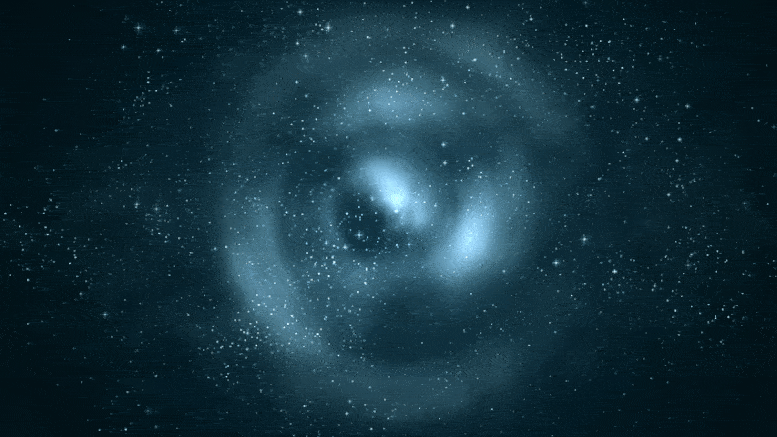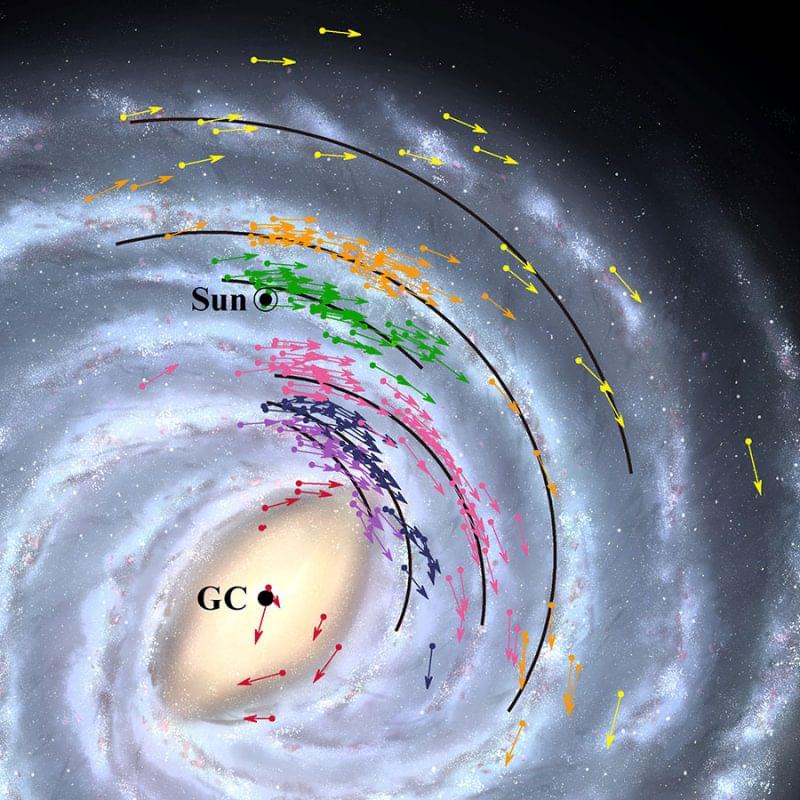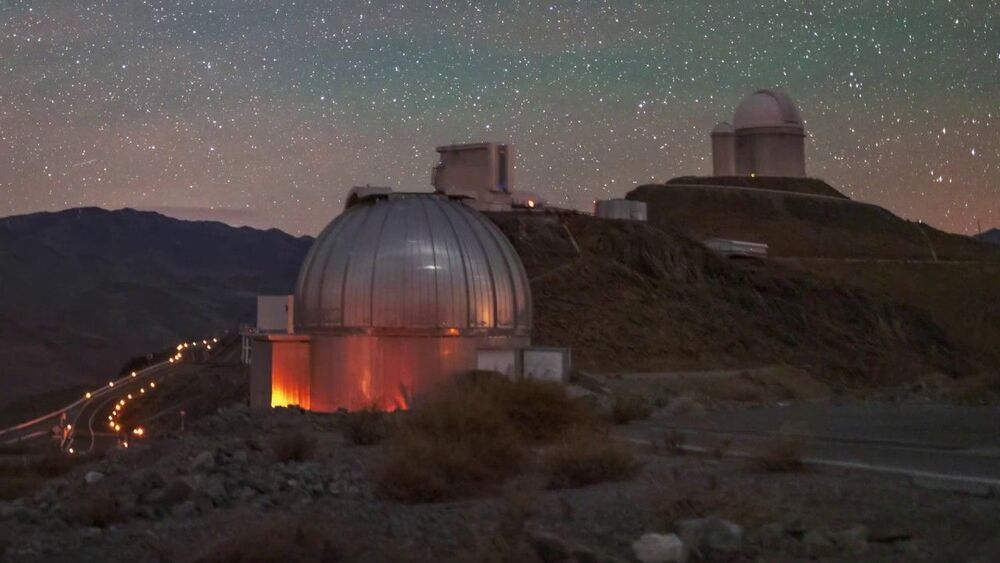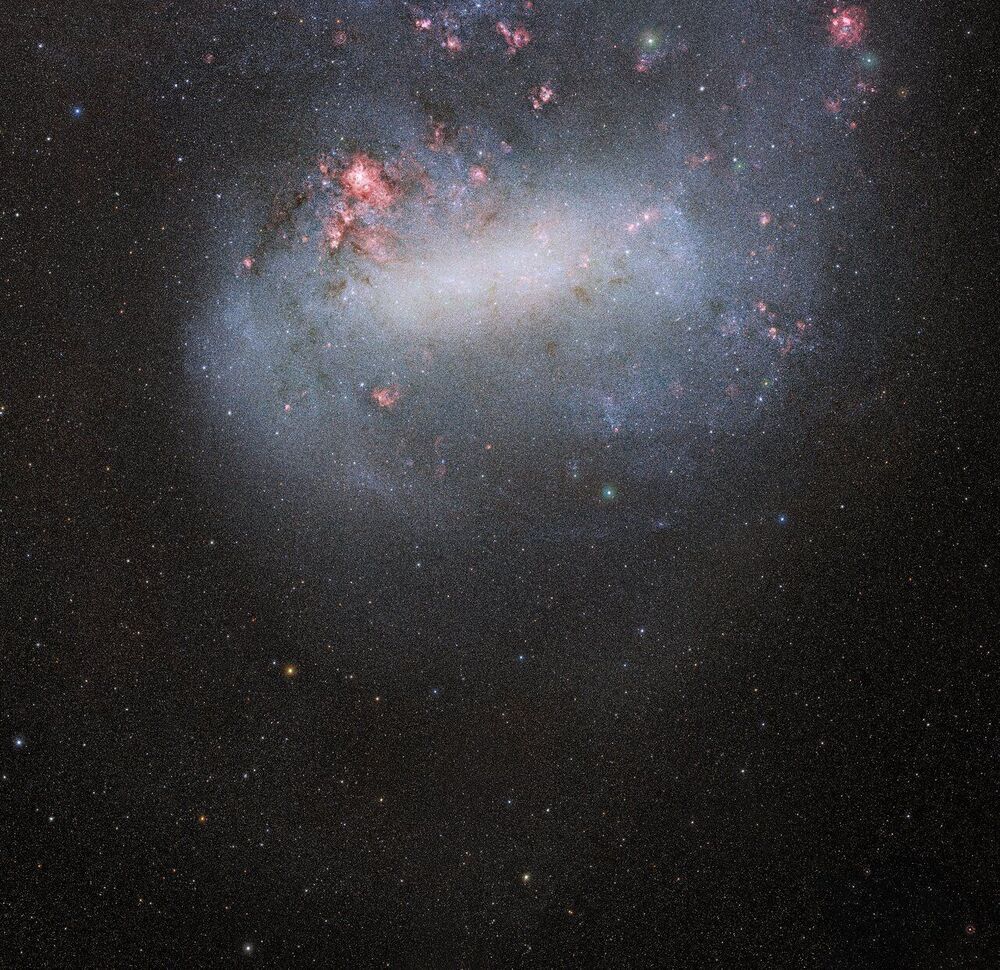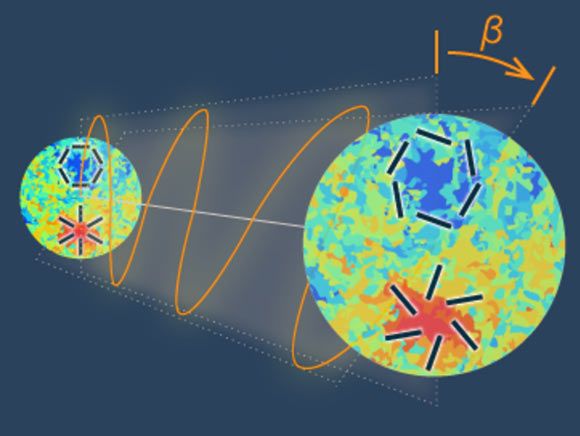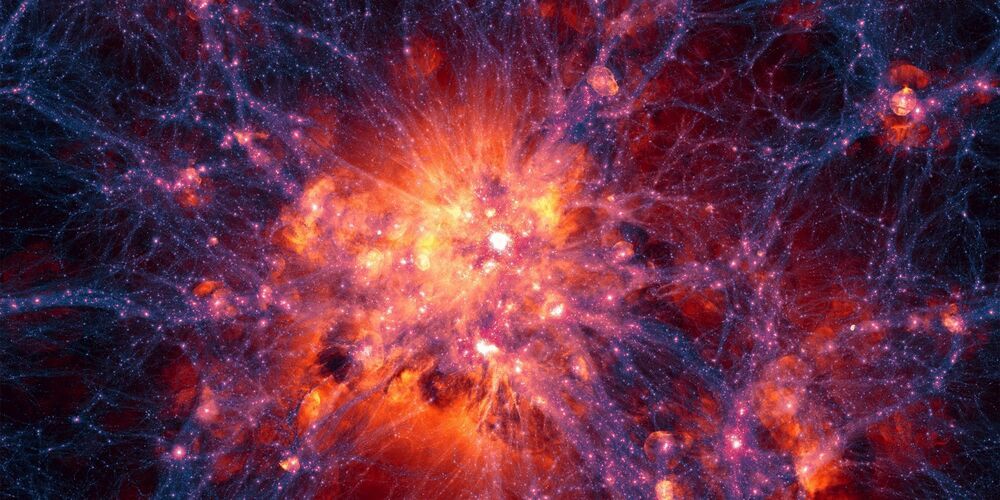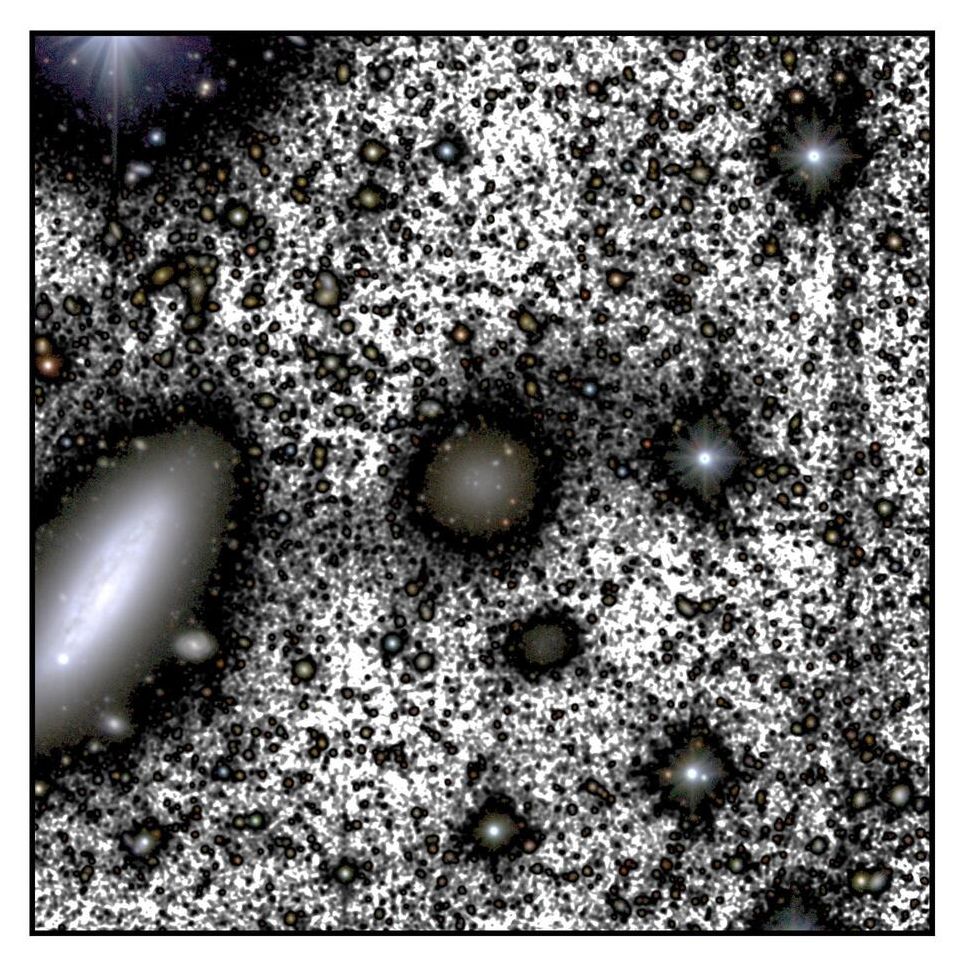Dec 7, 2020
MIT’s ABRACADABRA Instrument: Pulling the Secrets of Dark Matter Out of a Hat
Posted by Genevieve Klien in categories: cosmology, particle physics
MIT grad student Chiara Salemi and Professor Lindley Winslow use the ABRACADABRA instrument to reveal insights into dark matter.
On the first floor of MIT’s Laboratory for Nuclear Science hangs an instrument called “A Broadband/Resonant Approach to Cosmic Axion Detection with an Amplifying B-field Ring Apparatus,” or ABRACADABRA for short. As the name states, ABRACADABRA’s goal is to detect axions, a hypothetical particle that may be the primary constituent of dark matter, the unseen and as-of-yet unexplained material that makes up the bulk of the universe.
